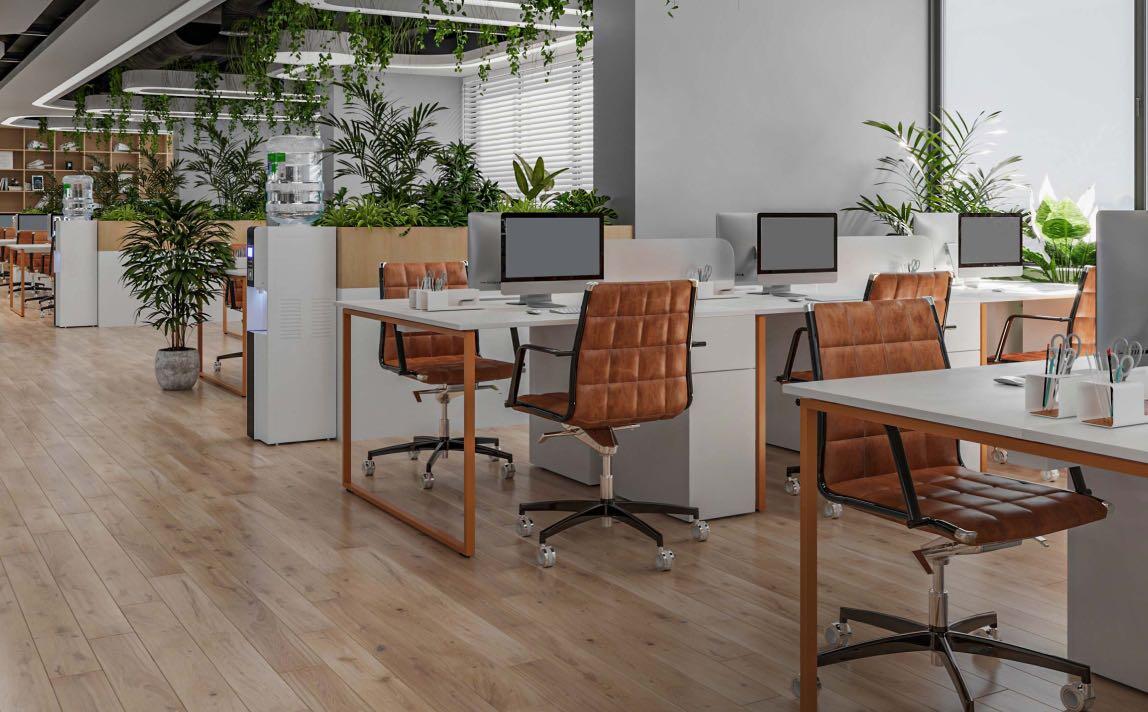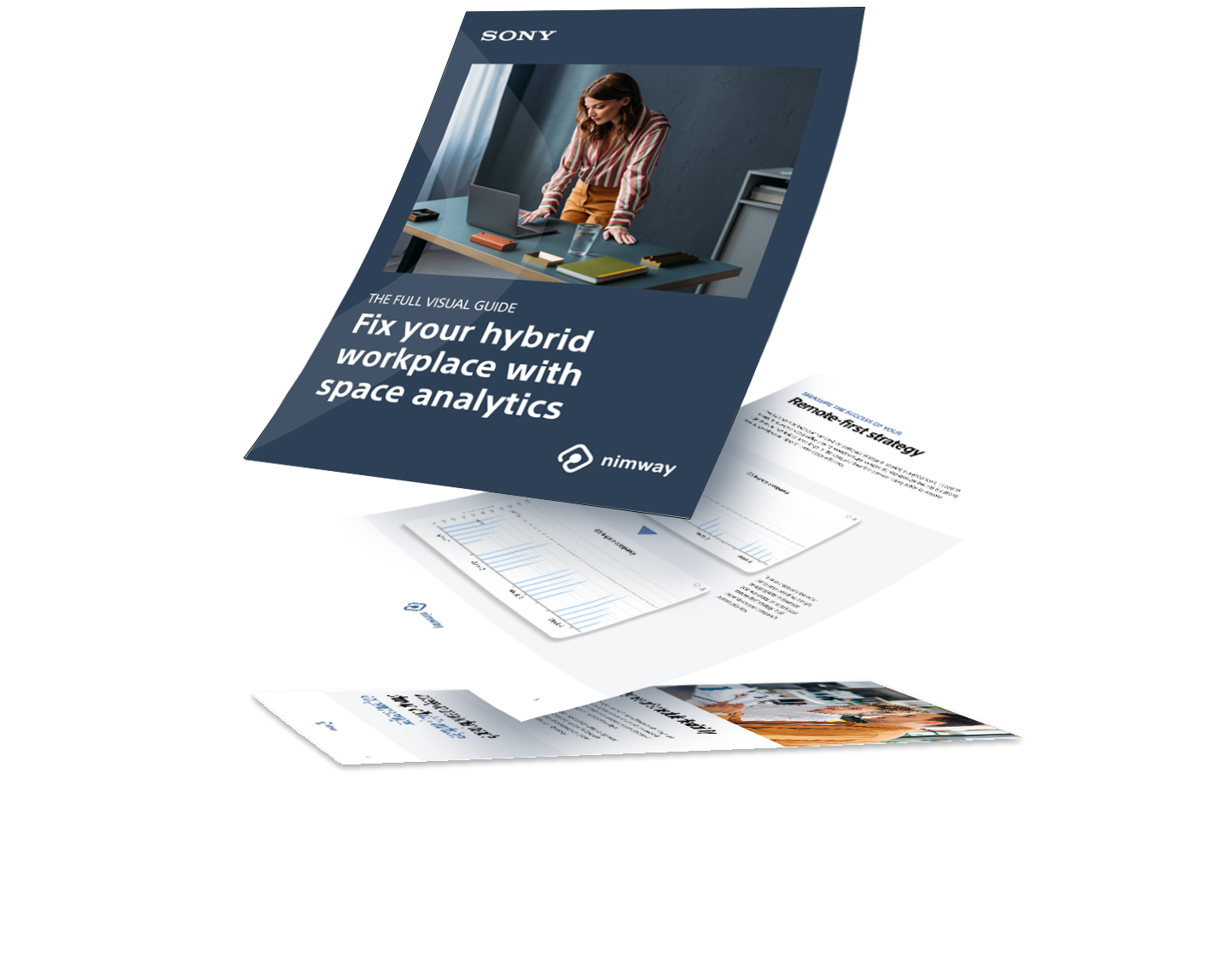When a company has office usage data, they can make smart choices about their spaces and policies.
When a company has office usage data, they can make smart choices about their spaces and policies.
Without a reliable way to measure the success of their hybrid office, many companies are draining resources and employee patience without any clear results. It’s no surprise that business owners abandon the hybrid dream altogether. However, now isn’t the time to give up hope. The success of your hybrid workplace doesn’t have to be a guessing game.
While an “office-first” approach can foster company culture and inspire innovation, it could also strain your workforce if it’s too small. Similarly, a “remote-first” approach could bring down real estate costs and make using remote talent easier, but then the risk is that your workplace is too large. How do you know if your workplace supports the strategy you choose?

The specific days your employees are at the office matters. With flexible schedules, employees gain more freedom, but it can be hard to plan around because occupancy levels can be unexpectedly high or low from day to day. Fixed schedules—where individuals or teams visit the office on specific days—can create more predictability but only if people actually follow the plan.
More “flexible” schedules might give employees more job satisfaction, but it risks causing a problem: everyone showing up on one day, or not at all on other days. If you choose “fixed” schedules for more predictable leases or to make use of single days in shared office spaces, people might have plans of their own. How do you know that people are showing up on designated days?
With data on occupancy from smart office sensors, it’s easy to check. For instance, you might use daily workplace occupancy averages to discern whether flexibility is often leading to occupancy imbalances, or whether the days you set out are typically the days people show up. With this data in hand, you know whether a new strategy is needed, and you have a benchmark to measure progress.
There are many different types of work and a hybrid office must reflect this. “We” spaces support collaborative work and socializing. Larger meeting rooms, kitchens, conference rooms, and shared desks fall into this category. On the other hand, “me” spaces are for concentrated work and creative focus, and include spaces like open area desks, cubicles, quiet reserved rooms, or isolated stalls.
If you’ve designed your hybrid workplace as a collaborative environment to encourage innovation, teamwork, and brainstorming, you must make sure there are enough “we” areas to go around. Conversely, if your workplace is a concentrated environment to support focused work for your employees and efficient workplace design, you need enough “me” areas.
Occupancy data from smart office sensors makes it possible to see this balance clearly. You can take a look at usage of different types of rooms to determine whether you have too much of one, and too little of the other. To encourage the right purpose of workplace for your hybrid strategy, this metric is useful to make sure your workplace is offering the spaces it needs.

In a traditional office space, everyone has assigned seating. While most workplaces have moved away from this approach, fully flexible seating might not be right for your business either. Whether you choose to emphasize one or the other in your hybrid workplace, your company will need to keep a close eye on adoption. Poor adoption impacts occupancy levels and leads to unsatisfactory results.
An open office environment can foster cross-team interaction and communication, but a big risk is that certain areas are extremely in demand, and other areas of the office are ghost towns. On the other hand, while assigned seating can create more structure in a hybrid workplace, people might not be using the areas as planned. How do you know if your seating strategy is successful?
A smart office, with sensors to pick up on occupancy in rooms and desks, gives you a holistic picture. The usage of different areas can be seen with an office utilization heat map. Here, you will be able to see if the seating arrangement of your hybrid office is leading to imbalanced usage of certain areas. Whichever strategy you choose, it is easier to achieve your goals if you can measure your progress.
With your space usage data, we advise applying the build-measure-learn feedback loop, like any other product development. Track your utilization trends, implement a strategy, evaluate the effect, and repeat. With this approach, look forward to a continuous cycle of improvement that leaves employees satisfied and the bottom line protected.



In the full visual guide, you'll find 8 scenarios illustrated with real space analytics, and included practical advice on using occupancy metrics as KPIs.

Copyright © 2025 Sony Network Communications Europe. All rights reserved